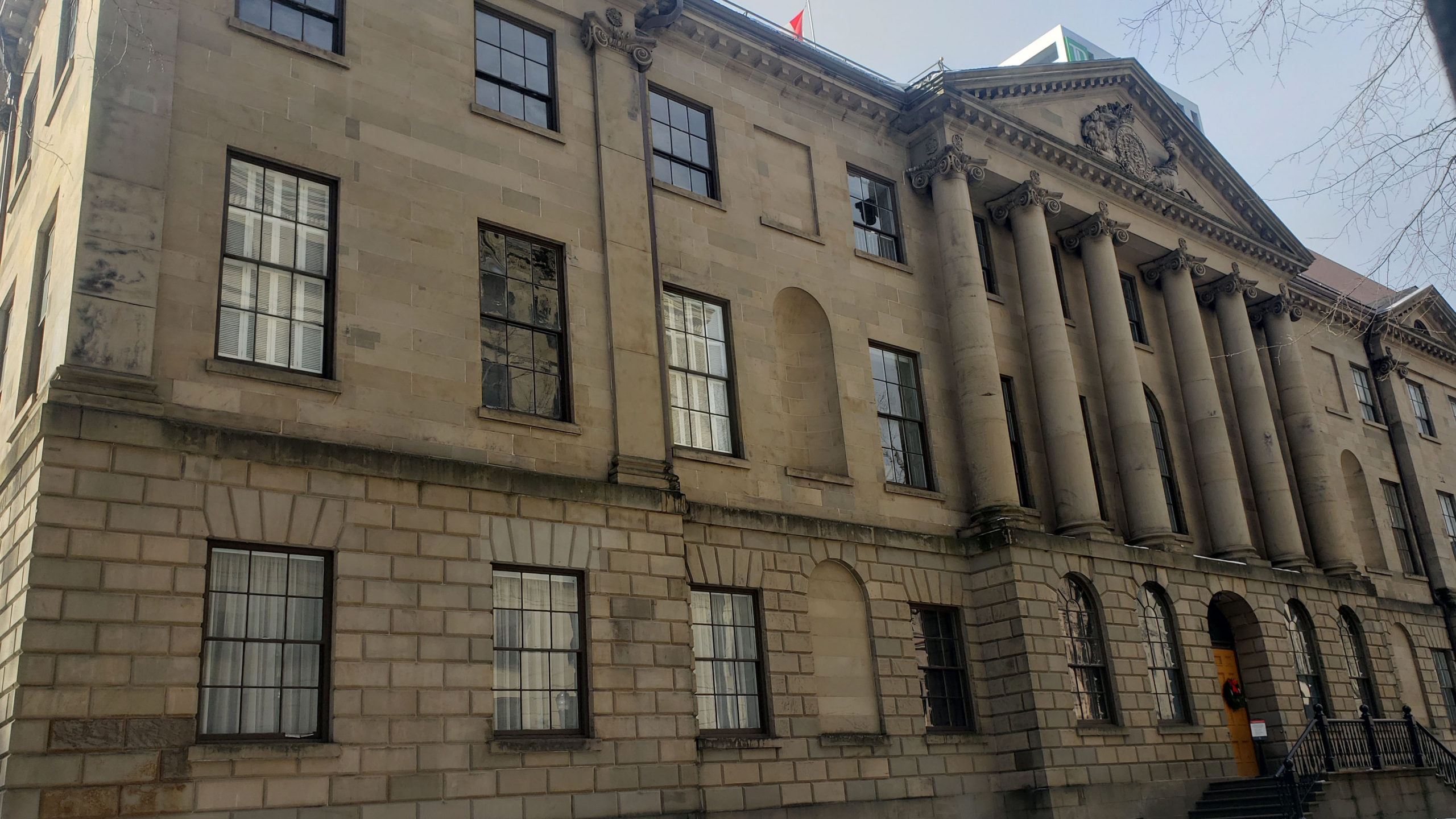Nova Scotia’s community solar project underserved non-profits, MLAs told
For these groups, only 30% of successful applications to the Solar Electricity for Community Buildings Program went forward

caption
Legislative committees are still being held virtually.Ruth Thompson knows well what MLAs are only now learning: a program to convert community buildings to solar energy was a challenge for not-for-profit organizations.
Thompson is the secretary treasurer of the Plymouth Community and Recreation Centre. Through the province’s Solar Electricity for Community Buildings Program, they had 72 solar panels installed on the roof.
Thompson said when it came to applying, it was difficult to understand what steps to take and where to send forms and information.
“We could have used a bit more guidance from them,” she said in an interview Wednesday.
“I just turned 79. They were expecting me to be some kind of genius with accounting.”
Unlike universities or municipalities, Thompson said her small not-for-profit organization didn’t have the resources in place to handle these types of competitions.

caption
Ruth Thompson (centre right) is the treasurer of the Plymouth Community and Recreation Centre.It was revealed in a government committee meeting Tuesday that not-for-profits had issues competing in the solar buildings program, which was meant to help them convert to renewable energy.
Only 30 per cent of a total 71 successful applications from not-for-profits went forward, Simon d’Entremont, deputy minister of energy and mines, told the standing committee on natural resources and economic development.
“We’ve got to make the process not so painful for not-for-profits,” said d’Entremont.
The program was a three-year pilot project that ran from 2017 to 2019, in which municipalities, not-for-profits and universities could install solar panels on their roofs and sell the electricity they generated to their electrical utility under a 20-year contract.
The purpose of the program was to support community use of renewable energy and learn more about solar electricity and how the province can wean itself off fossil fuels.
In the meeting, Liberal MLA Tony Ince asked what was learned from the program. D’Entremont responded that not-for-profits are not well served by the competition and business environment.
A key element to success in the program was an organization’s ability to keep their cost low for the electrical utilities buying their energy. This competitive element put not-for-profits at a disadvantage as they had less money and were not as easily able to take out large loans compared to bigger organizations in the program.
“We had a deep and real consternation around the capacity of not-for-profits,” Peter Craig, a manager at the Department of Energy and Mines, said in the meeting.
“Municipalities had pricing below the program average, while not-for-profits were above the average.”
Craig said this spoke to how certain types of organizations in the program had access to capital.
Organizations in the program had to fund all of their costs. Installation of the solar equipment could run anywhere from $20,000 to $200,000, a steep startup cost for smaller organizations.

caption
Solar panels were installed on the roof of the Plymouth Community and Recreation Centre.Aaron Long, the director of business services for the Alternative Resource Energy Authority, told the committee that a solution to this issue in future program could involve establishing power purchasing agreements with businesses beforehand.
The province’s Green Choice Program gives large electricity customers the ability to purchase clean electricity from new renewable energy projects. Long said this could help not-for-profits find suitable buyers more easily.
D’Entremont said what was learned during the pilot project would inform future government programs.
Thompson has her own suggestions. She said the process could be broken down step by step for not-for-profits, with clear instructions on where to send information.
She noted the program was a benefit to the community centre and was happy that the program existed.
About the author
Nathan Horne
Nathan Horne is a journalist interested in breaking stories that highlight the inequalities and injustices in society.
